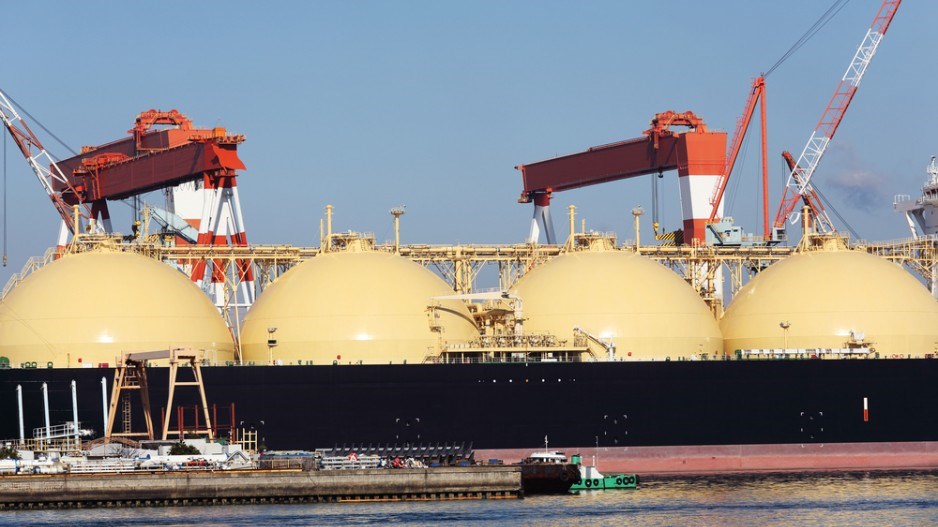Natural gas production in Western Canada will resume growth in 2021 or 2022 with or without LNG exports from the West Coast., said Dulles Wang, Wood Mackenzie’s principal analyst for Americas gas research.
Wang’s view differs from the more conventional outlook that western Canadian gas output will fall without LNG exports.
A widening gap between Henry Hub and AECO prices and affordable transportation to the Chicago area, coupled with growth in U.S. domestic demand and U.S. LNG exports, will combine to restart western Canadian growth, Wang said.
Wood Mackenzie expects the Petronas-led Pacific NorthWest LNG project, proposed for Lelu Island near Prince Rupert, to proceed and come onstream in 2022, Wang told a Canadian Energy Research Institute (CERI) conference March 14.
“But even without Petronas’ project, we still think the WCSB production will grow because you still have a lot of low-cost gas in the Montney,” Wang told the Daily Oil Bulletin after his presentation.
Wood Mackenzie expects western Canadian production, which has been declining, to stabilize next year and remain flat till 2021 or 2022 when it expects growth to resume.
Asked by a member of the audience why he expects this to happen even without West Coast LNG exports, Wang cited the low cost of gas in northeast British Columbia, the “manageable” cost of pipeline transportation to the U.S. Midwest and expected growth in U.S. gas demand.
Also, if U.S. carbon policy leads to more coal-fired power plant retirements in the Midwest, this could add to gas demand in that market, he added.
He expects gas demand growth in the U.S. Gulf of Mexico region — including from petrochemical and other industrial consumers as well as future LNG export projects — will pull gas from plays such as the Marcellus and the Eagle Ford, strengthening Henry Hub prices.
“We think ... by 2024, 2025, there could be a second wave of North American LNG projects coming online. So that would drive growth” in gas demand, he added.
Wood Mackenzie expects that by 2021-22, the Henry Hub prices will exceed about $3 per mmBtu (in 2015 dollars).
“So by that time, a lot of the gas in the Montney will clear the break-evens,” he said, adding that if Canadian gas isn’t exported via any of the proposed West Coast LNG projects, it could still be competitively pipelined to U.S. Midwest markets in particular.
In that market, he said, gas from plays such as the Montney could compete with supplies from the U.S. Rocky Mountain region and the mid-continent.
The consultancy’s bullish outlook for LNG exports from North America by the mid-2020s contrasts the current state of global gas demand. Wang said Wood Mackenzie’s view is based on the long-term outlook for Asian demand. He acknowledged that a Canadian LNG project isn’t an easy sell amid current global gas markets.
“But at the same time, it’s probably the best time to do [an LNG] project in Canada,” he said. “You’ve got some looseness in the labour market, the steel prices are coming down, and you’re able to negotiate better EPC [engineering, procurement and construction] contracts right now in Western Canada.”
No western Canadian LNG export project is likely to come online till early next decade, he said, adding that these projects will target the Asia Pacific market.
“They are not necessarily competing with a lot of these U.S. projects coming online right now in this decade, because a lot of [the latter’s exports are] going to the European markets,” Wang said.
“But for Asian demand, the opportunity will open up by early next decade when you see a lot of these long-term existing contracts rolling off and you’re seeing Asian buyers looking at new sources of supply. And that opens up the opportunity for the western Canadian projects.”




